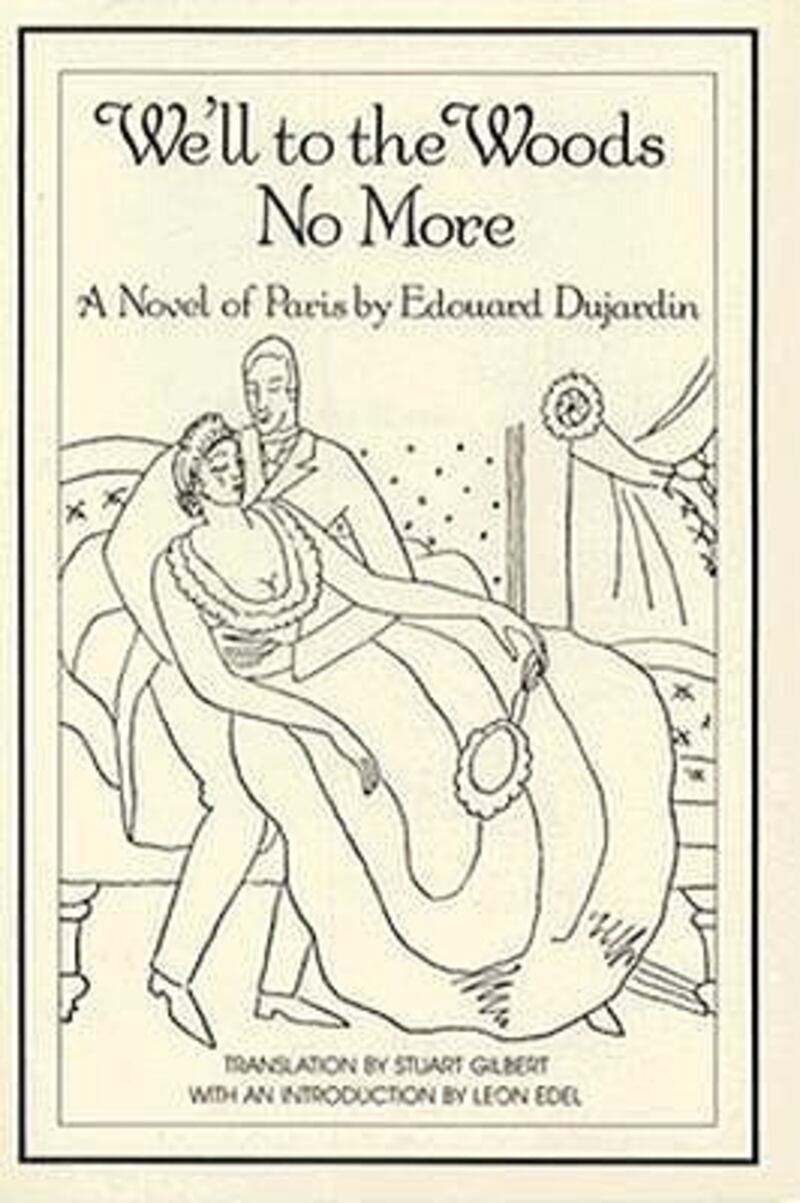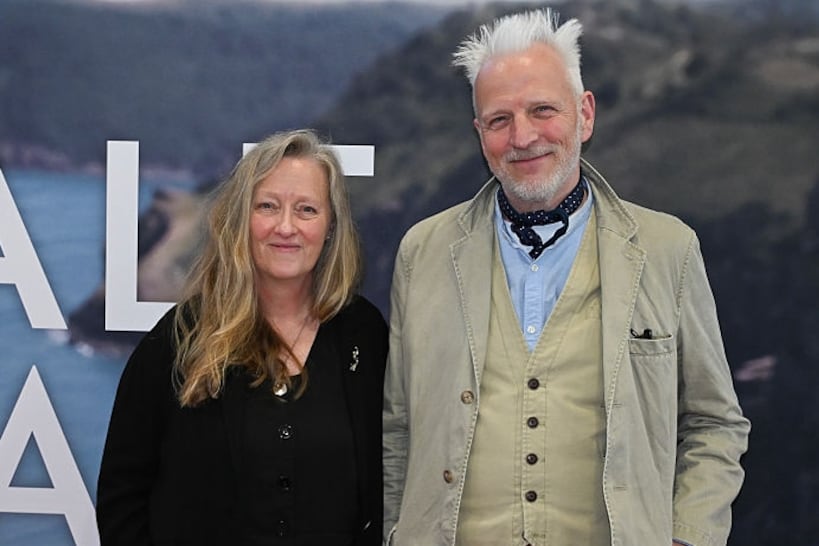Amid the commemorations of the centenary of the publication of James Joyce’s Ulysses, little or no mention has been made of a French novel, which impressed Joyce and which undoubtedly had an influence on him as he wrote his famous novel. The novel in question is Les lauriers sont coupés (The Laurels are Cut) by Edouard Dujardin (1861-1949), music critic, admirer of Wagner’s music, friend of Mallarmé and author of a number of volumes on the history of religions. The novel was serialised in the Revue Indépendante in 1887 and was published en volume in 1888. The title comes from the second line of a famous song, a favourite of Debussy and well known to generations of French school children, Nous n’irons plus au bois, which Stuart Gilbert uses as the title of the novel’s English version.

The short plotless novel consists of nine chapters and deals with the wanderings in Paris of Daniel Prince from six o’clock in the evening to midnight and his relationship with an actress,Léa d’Arsay. Apart from a brief reference to the Bois de Boulogne, the link with the title in the volume published in book form is tenuous. In the serialised version Daniel quotes the first two lines of the song when reflecting on his relationship with Léa.
The novel is concerned with the intimate thoughts of Daniel over a six-hour period. In the absence of an omniscient narrator, the events are filtered through the protagonist’s consciousness. The novel takes the form of an interior monologue consisting of sentences with minimum syntactical organisation in an effort to convey the intimate thoughts of Daniel prior to any logical organisation. Written at the height of the symbolist movement, Dujardin exploits to the full the symbolists’ technique of the art of suggestion, a feature which greatly impressed Mallarmé.
In a letter to Dujardin written from Lucarno on November 10, 1917, Joyce expresses his admiration of the novel and describes himself as a “humble winegrower in the vineyard of the lord”, the lord being Dujardin. In his preface to the 1925 edition, now considered to be the definitive edition, Valery Larbaud stated that it was Joyce who drew his attention to Dujardin’s novel. Larbaud recalled Joyce telling him that from the opening lines the reader has an established place in the consciousness of the protagonist and that his uninterrupted flow of thought replaced the usual narrative form to indicate what the hero does and what happens to him. Joyce’s admiration of Dujardin’s style as conveyed to Larbaud served to rescue Dujardin’s novel from oblivion. Dujardin’s use of the interior monologue inspired Joyce in the development of his more full blown stream-of-consciousness technique.
READ MORE
In 1931,Dujardin was to publish a volume on the importance of the technique of the interior monologue and its place in the work of James Joyce, entitled, Le Monologue intérieur, son apparition, ses origines, sa place dans l’oeuvre de James Joyce et dans le roman contemporain.















